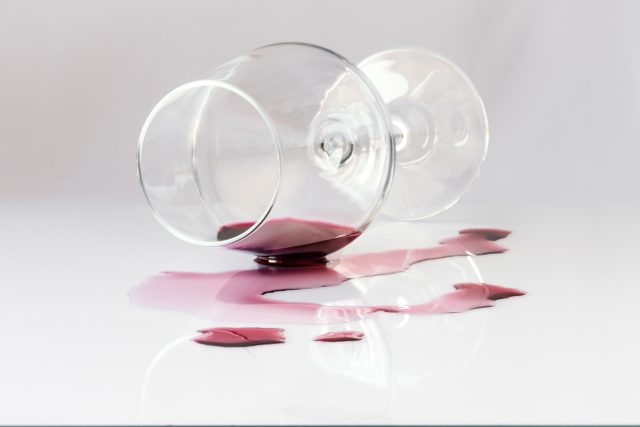This website uses cookies so that we can provide you with the best user experience possible. Cookie information is stored in your browser and performs functions such as recognising you when you return to our website and helping our team to understand which sections of the website you find most interesting and useful.
The Sideways effect: Brits break up with Merlot
British consumers have fallen out of love with Merlot as a single-varietal wine, new research shows, but which other grapes are winning market share in the on-trade?

Merlot has lost more than 2% of its market share of premium on-trade still wines in the years since the Covid-19 pandemic hit, according to a report by Liberty Wines.
The report analysed the state of wine in the premium on-trade for the year to summer 2023 compared with 2019 figures in order to better understand how tastes have evolved.
White and rosé wines have recovered well, both achieving a larger share of premium on-trade still wine sales since 2019. This has been at the expense of red wine, which has lost 3% of its share since 2019.
Rosé was also the only colour which increased its sales volume by 2023, while increasing its sales value by 15%.
Despite volume decline, consumers are willing to pay more on red wine now than they were in 2019. Average red and white wine spend per bottles has increased by approximately 20% for both colours since 2019.
Riesling, Semillon, Viognier, Grüner Veltliner, Nebbiolo, Corvina and Barbera have all seen strong growth since 2019. Tom Platt, CEO of Liberty Wines, argued that the British on-trade has seen a “shift towards consumers drinking a wider range of wines”.
But by far the biggest success story comes from Gamay, with sales up 35% on 2019. Consumers are pushing away from heavier, more alcoholic red wines, but lighter styles are en vogue, meaning great things for Beaujolais.
Pinot Noir has suffered in the years since the pandemic, but Liberty Wines chalked this up to a lack of affordability, with the average price for Pinot Noir increasing by 28% since 2019. Syrah, Cabernet Sauvignon and Tempranillo have all also lost market share compared to 2019.

